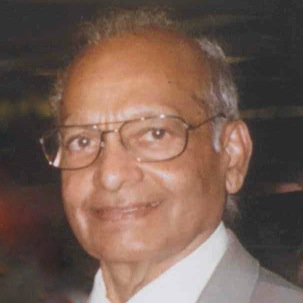Recent Advances in Fractional Calculus and Its Applications
A special issue of Mathematics (ISSN 2227-7390).
Deadline for manuscript submissions: closed (31 March 2015) | Viewed by 80143
Special Issue Editor
Interests: real and complex analysis; fractional calculus and its applications; integral equations and transforms; higher transcendental functions and their applications; q-series and q-polynomials; analytic number theory; analytic and geometric Inequalities; probability and statistics; inventory modeling and optimization
Special Issues, Collections and Topics in MDPI journals
Special Issue Information
Dear Colleagues,
The subject of fractional calculus (that is, calculus of integrals and derivatives of any arbitrary real or complex order) has gained considerable popularity and importance during the past four decades and longer, due mainly to its demonstrated applications in numerous seemingly diverse and widespread fields of science and engineering. It does indeed provide several potentially useful tools for solving differential, integral and integro-differential equations, and various other problems involving special functions of mathematical physics as well as their extensions and generalizations in one and more variables. Both review, expository and original research articles dealing with the recent advances in the theory fractional calculus and its multidisciplinary applications are invited for this Special Issue.Prof. Dr. Hari M. Srivastava
Guest Editor name
Manuscript Submission Information
Manuscripts should be submitted online at www.mdpi.com by registering and logging in to this website. Once you are registered, click here to go to the submission form. Manuscripts can be submitted until the deadline. All submissions that pass pre-check are peer-reviewed. Accepted papers will be published continuously in the journal (as soon as accepted) and will be listed together on the special issue website. Research articles, review articles as well as short communications are invited. For planned papers, a title and short abstract (about 100 words) can be sent to the Editorial Office for announcement on this website. Submitted manuscripts should not have been published previously, nor be under consideration for publication elsewhere (except conference proceedings papers). All manuscripts are thoroughly refereed through a single-blind peer-review process. A guide for authors and other relevant information for submission of manuscripts is available on the Instructions for Authors page. Mathematics is an international peer-reviewed open access semimonthly journal published by MDPI.
Please visit the Instructions for Authors page before submitting a manuscript.
The Article Processing Charge (APC) for publication in this open access journal is 2600 CHF (Swiss Francs).
Submitted papers should be well formatted and use good English. Authors may use MDPI's
English editing service prior to publication or during author revisions.
Keywords
- fractional differential equations;
- fractional integral equations;
- fractional integro-differential equations;
- fractional integrals and fractional derivatives associated with special functions of mathematical physics;
- inequalities and identities involving fractional integrals and fractional derivatives





